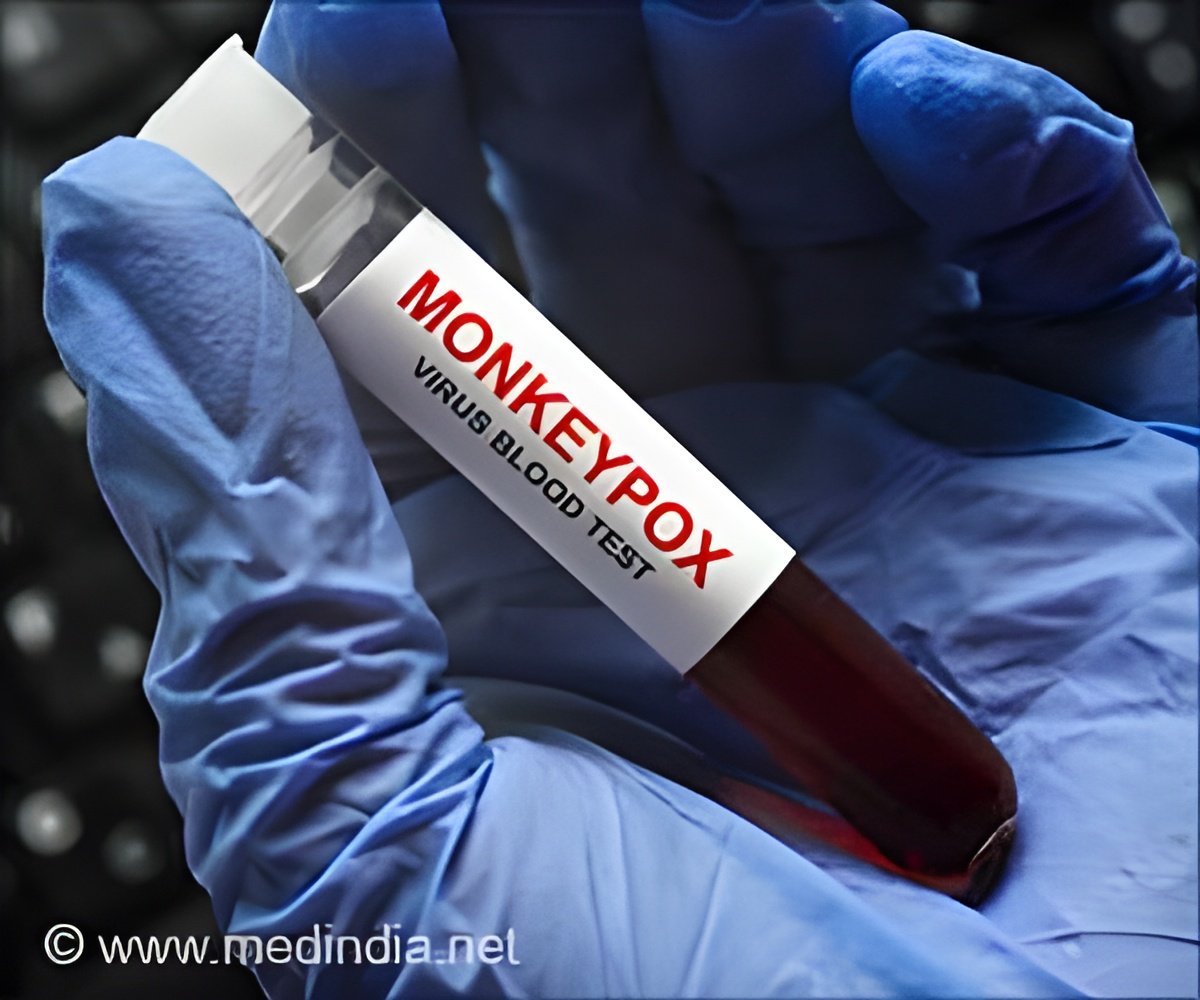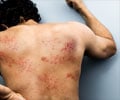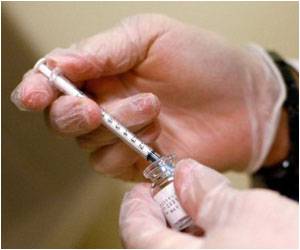The antiviral medication tecovirimat is safe and effective for the treatment of monkeypox symptoms and skin lesions.

‘Recently, the Centers for Disease Control and Prevention (CDC) allowed physicians to prescribe tecovirimat on a compassionate use basis to treat adults and children with orthopoxvirus infections, including monkeypox.’





In a research letter published in JAMA, UC Davis infectious disease experts presented insights on 25 patients with monkeypox who were given tecovirimat therapy. “We have very limited clinical data on the use of tecovirimat for monkeypox infection. There is much to learn about the natural progression of the disease and how tecovirimat and other antivirals may affect it,” said lead author Angel Desai. She is an adult infectious disease specialist at UC Davis Health.
Treating Monkeypox with Tecovirimat
The recent global outbreak of monkeypox has led to more than 45,500 cases as of August 22, 2022. While symptoms usually resolve on their own in 2-4 weeks, a recent study showed that 13% of patients needed hospitalization.The new study included patients referred to UC Davis Medical Center, primarily through the Sacramento County Department of Public Health, between June 3 and August 13, 2022.
Patients with skin lesions in multiple body parts or in sensitive areas such as the face or genital region were offered oral tecovirimat treatment. The treatment was weight-based, given every 8 or 12 hours, and was taken within 30 minutes of a high-fat meal.
The researchers collected clinical data at the first in-person evaluation for treatment and by in-person or telephone interview on day 7 and day 21 following the beginning of therapy.
Advertisement
Only one patient had the smallpox vaccine (taken more than 25 years ago) and four others received a dose of JYNNEOS vaccination after symptoms started.
Symptoms in Patients with Monkeypox, MPX
The study found that 92% of patients had lesions in their genital or anal area. While all patients had painful lesions, around half had fewer than 10 lesions over their entire body.Advertisement
All patients completed the tecovirimat therapy and tolerated their treatment well. They were treated for two weeks, except for one patient who was treated for 21 days.
On day 7 of therapy, 40% of patients had healed from their lesions. By day 21, 92% had healed and were pain-free.
The most reported adverse events on day 7 of therapy included: fatigue (28%), headache (20%), nausea (16%), itching (8%) and diarrhea (8%).
“We have to be very careful in how we interpret the data. It is hard to differentiate the side effects due to therapy from those caused by the infection,” said infectious diseases expert and co-author George Thompson. Thompson is a professor at the UC Davis School of Medicine in the Department of Internal Medicine, Division of Infectious Diseases, and the Department of Medical Microbiology and Immunology.
The study was small and did not include a control group. So, assessing antiviral efficacy in terms of symptom duration and severity was limited. Also, the time from symptom onset to starting the antiviral therapy varied among the patients.
The researchers called for large-scale studies to explore antiviral efficacy dosing and adverse events. Coauthors on this study are Sonja Neumeister, Anna Arutyunova, Katelyn Trigg and Stuart H. Cohen.
Source-Eurekalert










